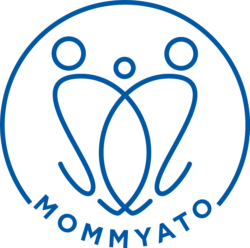26 Sep Food Safety for Little Babies: Preparing Formula and Human Milk Safely
Human milk and infant formula have different “use by” and storage methods. Know the steps to safe preparation for your baby!
September is National Food Safety Education Month with the CDC and the U.S. Department of Agriculture.
Whether you’re feeding breastmilk or formula to your little one, it’s important to follow safe cleaning and storing procedures. These basic food safety procedures will help prevent bacterial growth and illness in your infant.
Feeding Breastmilk
For Mamas who are using human milk to feed your baby from a bottle, here are the highlights:
- Always start with thorough hand washing!
- Use clean or sanitized containers to store human milk (for infants under 3 months old, premature or immune-compromised infants, sanitize your bottle parts)
- Label and date store human milk
- Store human milk at room temperature for up to 4 hours
- Refrigerate human milk for up to 4 days
- Freeze human milk for up to 6 months
- Thaw human milk by putting the container of milk in hot water. This can be done by warming the container under a hot tap for 1-2 minutes or by heating a pan of water until hot. Remove the pan from the heat and set the container in it until warm. Gently swirl the heated milk. Shaking bottles create bubbles which can give your baby gas!
Baby-ready milk is lukewarm. Test milk on the top of your hand, which is more sensitive than the wrist.
Please don’t microwave human milk as the microwave heats unevenly and can create hot spots in the milk that can burn your baby’s mouth.
- Discard unused human milk 1-2 hours after feeding
- Don’t refreeze unused milk; just use or discard it within 24 hrs.
Formula Feeding
With formula preparation, always start with handwashing and using clean or sanitized bottle parts as well. Cronobacter, a rare but serious bacteria, can take up residence in dirty bottle parts and dry goods like infant formula, so starting with clean bottle parts and checking that formula hasn’t been recalled is a good idea. Cronobacter sometimes survives the pasteurization and production process of infant formulas. Other times, it lives on surfaces at home and is transferred to formula by scoops that were sitting on contaminated surfaces such as countertops.
Preventing Cronobacter contamination is especially important for premature babies or those with weakened immune systems.
Here are the highlights for safe formula preparation:
- Always start with handwashing!
- Use clean or sanitized bottle parts to prepare formula (for infants under 3 months old, premature or immune-compromised infants, sanitize your bottle parts)
- Use a safe water source to prepare formula. If you’re unsure if your local tap water is safe, contact your local health department, water district, or health care provider for information. You’ll want to test the safety of well water and consult with your healthcare provider if you use this water source. Low fluoride bottled water is another option, often labeled as deionized, purified, demineralized, or distilled.
- Prepared formula should be used within 2 hours of preparation.
- Throw out formula that isn’t used within 1 hour from feeding.
- If you prepare formula and don’t use it within 2 hours, store it in the fridge for up to 24 hours.
Most of the time, for most babies, tap water is okay to prepare formula. But for special-needs babies, boiling water is necessary to kill bacteria in water and formula, since formula is not sterile, to reduce risk of infections like Cronobacter. For your preferred formula, be sure to follow manufacturers guidelines for preparation and storage. For your baby’s specific needs, consult with your healthcare provider.
REFERENCES:
- U.S. Department of Agriculture (USDA). October 2016. Infant feedings: tips for food safety. https://wicworks.fns.usda.gov/sites/default/files/media/document/Infant_Feeding_Food_Safety_Job_Aid.pdf
- U.S. Department of Health and Human Services. October 2021. People at risk: children under five. https://www.foodsafety.gov/people-at-risk/children-under-five
- Photo by Anna Shvets: Close Up Photo Of Woman Feeding A Baby. https://www.pexels.com/photo/close-up-photo-of-woman-feeding-a-baby-11369273/



